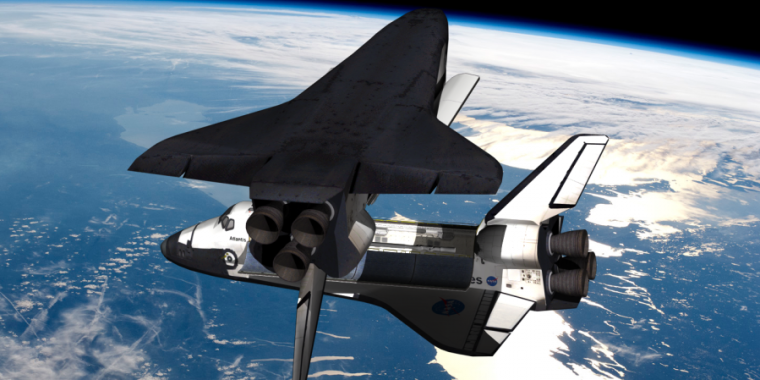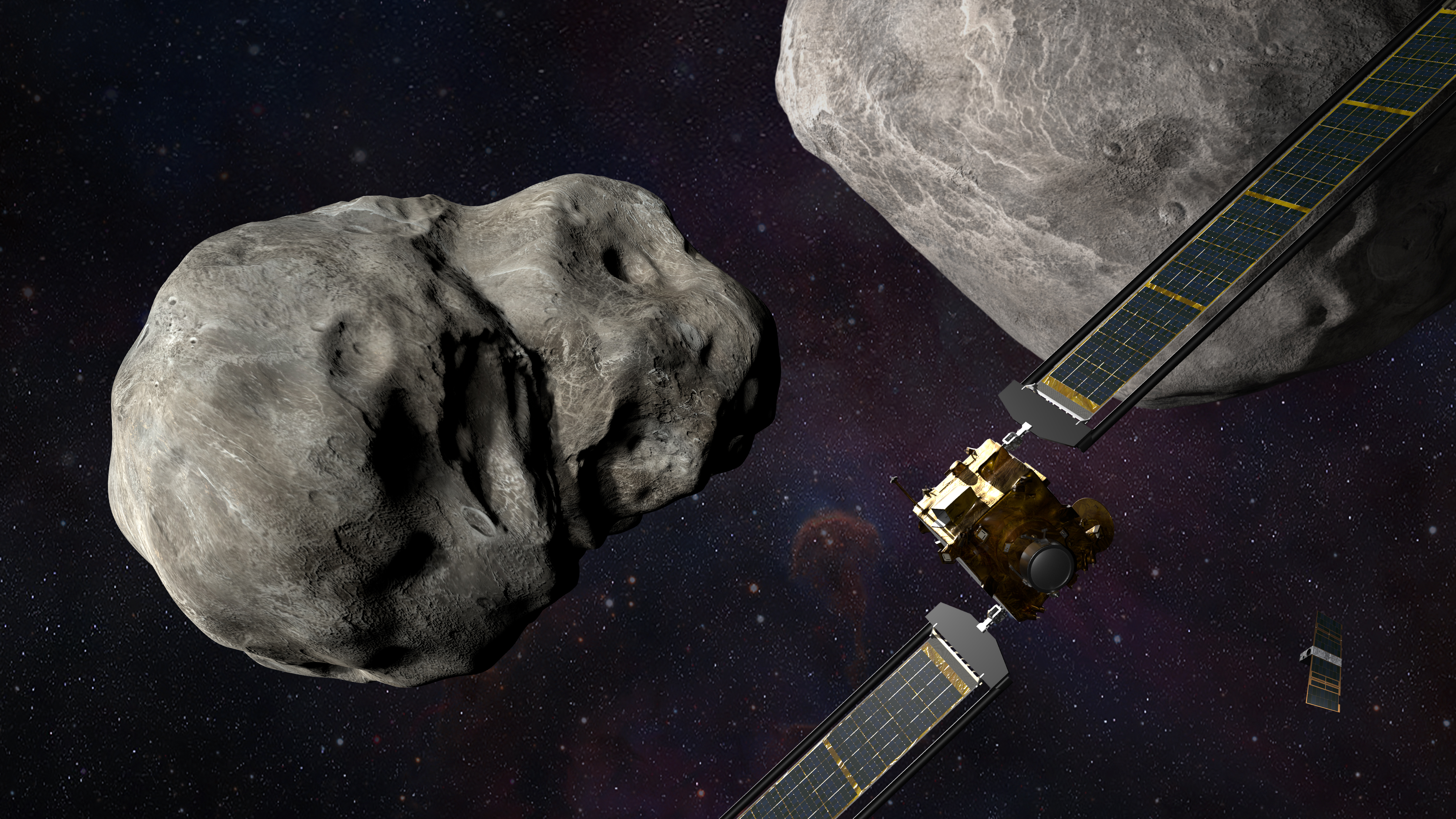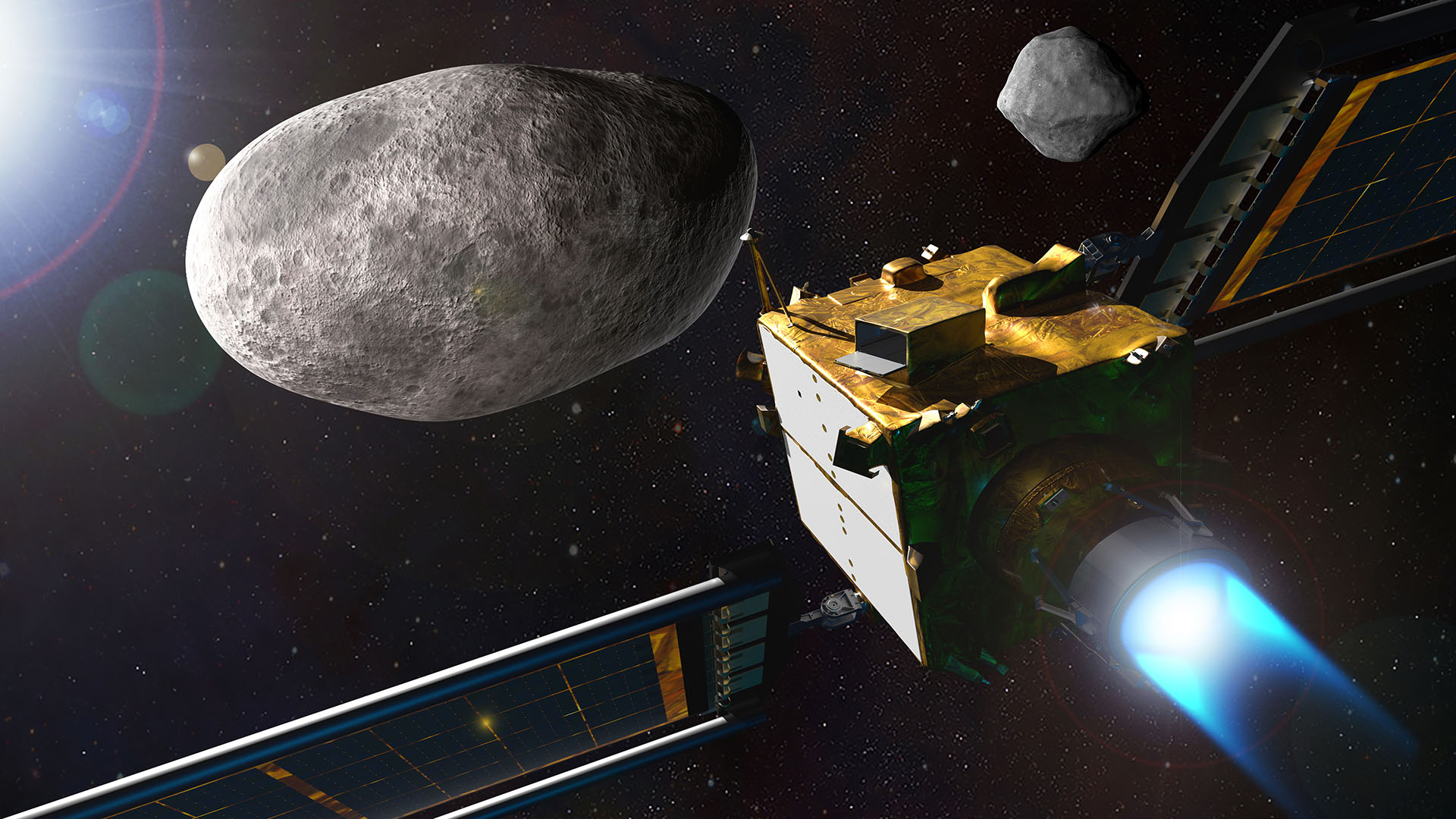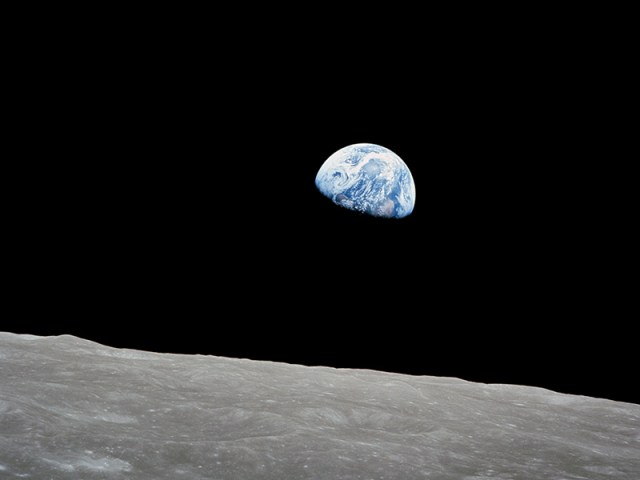Owen Lucas
$100 Site Donor 2023
- Joined
- Sep 5, 2021
- Messages
- 2,630
I'm no rocket scientist but I don't think a nuclear ICBM can just be pointed at any asteroid in the sky and expected to reach it while it is safely out of detonating close enough to earth not to shower us with radioactive asteroid debris. Though that's probably better than getting impacted by a massive rock, I think the solution would be a little different. To reach an asteroid further away in outer space, a Falcon Heavy or SLS would be used with a modified ICBM payload. Aren't ICBMs designed to barely get out of our atmosphere to get the warheads into position? Again, not a rocket scientist.
This reminds me of the Columbia disaster with the broken thermal tile. There were questions by the public why the Space Shuttle couldn't just fly to the international space station for safety had they known the heat shielding was compromised. The Space Shuttle didn't have enough fuel on board (or maybe even capable of holding that much fuel) to change their orbital plane to reach the ISS which was in a higher orbit.
In reality NASA most likely knew about the tile being broken and the fate of the crew. Supposedly the CIA /NSA or who ever controls our spy satellites offered to rotate and take a closeup of Columbia but NASA supposedly declined, or did they? They could have known the shuttle was doomed and there was no way the next shuttle in line, Discovery, was going to be up and running safely in 2 weeks to rescue Columbia. The solution going forward in case there was a damaged tile was a spacewalk to apply a special epoxy repair kit.
Anyway didn't mean to digress, here's some really interesting article on the subject:

 arstechnica.com
arstechnica.com

 www.newscientist.com
www.newscientist.com
This reminds me of the Columbia disaster with the broken thermal tile. There were questions by the public why the Space Shuttle couldn't just fly to the international space station for safety had they known the heat shielding was compromised. The Space Shuttle didn't have enough fuel on board (or maybe even capable of holding that much fuel) to change their orbital plane to reach the ISS which was in a higher orbit.
In reality NASA most likely knew about the tile being broken and the fate of the crew. Supposedly the CIA /NSA or who ever controls our spy satellites offered to rotate and take a closeup of Columbia but NASA supposedly declined, or did they? They could have known the shuttle was doomed and there was no way the next shuttle in line, Discovery, was going to be up and running safely in 2 weeks to rescue Columbia. The solution going forward in case there was a damaged tile was a spacewalk to apply a special epoxy repair kit.
Anyway didn't mean to digress, here's some really interesting article on the subject:

The audacious rescue plan that might have saved space shuttle Columbia
The untold story of the rescue mission that could have been NASA's finest hour.

Shuttle return to flight: Testing puncture repair kits
In our third special preview of the upcoming space shuttle flight, New Scientist examines how astronauts will test techniques to repair the orbiter's heat shield in space




:quality(70)/d1hfln2sfez66z.cloudfront.net/11-23-2021/t_ea8ce985dcb64d448b87ae7998eba859_name_file_960x540_1200_v3_1_.jpg)